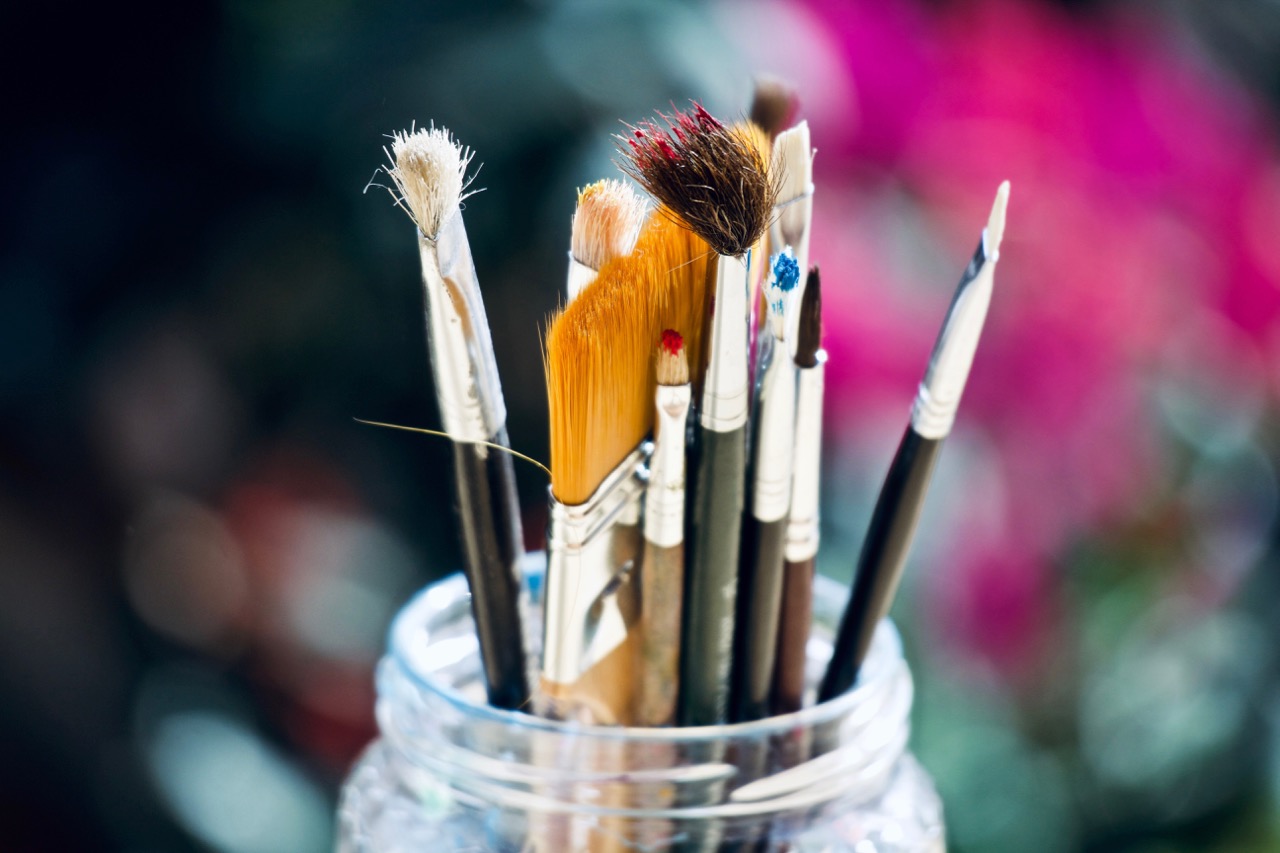A magazine where the digital world meets the real world.
On the web
- Home
- Browse by date
- Browse by topic
- Enter the maze
- Follow our blog
- Follow us on Twitter
- Resources for teachers
- Subscribe
In print
What is cs4fn?
- About us
- Contact us
- Partners
- Privacy and cookies
- Copyright and contributions
- Links to other fun sites
- Complete our questionnaire, give us feedback
Search:
Impressionistic AI art

If you are creative, you can do lots with a program that simulates how humans see the world. Milan Verma turned the Queen Mary one into an AI artist.
The early versions of the program Peter’s team developed, of how we see the world, worked on static images. Given an image it created a ‘saliency map’ of it, rating each area by how much our eyes should be drawn to that place (see image below). For example, an area with a lot of contrast would pull our eyes towards it, so was given a high rating. Areas with little contrast were given low ratings.
Milan built it into an AI painter. Having created the saliency map of the image, it picked up its virtual paintbrush and painted its own interpretation. The places where it predicted our eyes would be drawn were painted using a fine brush with lots of detail. For areas our eyes were predicted to slide over, the paint was just slapped on as the detail shouldn’t matter. The result was an AI variation of impressionist art, with detail only where it mattered.


